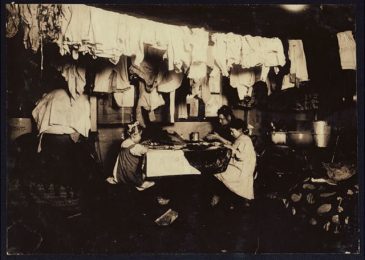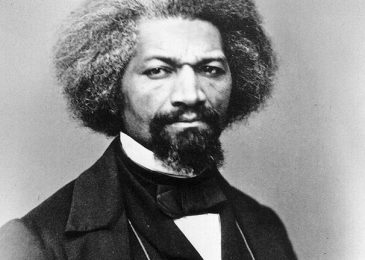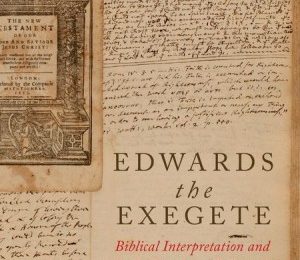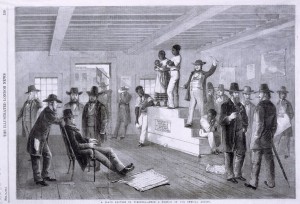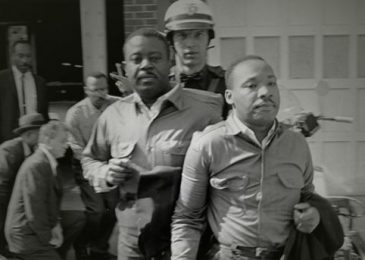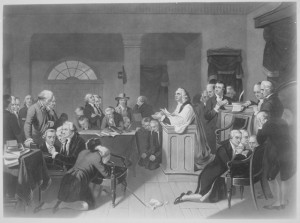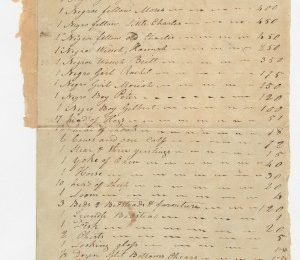The Gilded Age’s Crisis of Immigration
The early weeks of the Trump presidency have been dominated by discussions of the ethics and propriety of his immigration policies. But Americans in the late nineteenth and early twentieth centuries faced a flood of immigration that makes today’s issues look modest in comparison. Between 1877 and 1890 alone, a total of 6.3 million new arrivals entered the United States. Even more would arrive before the coming of World War I. The total American population in 1900 was just over 72 million, so the..

